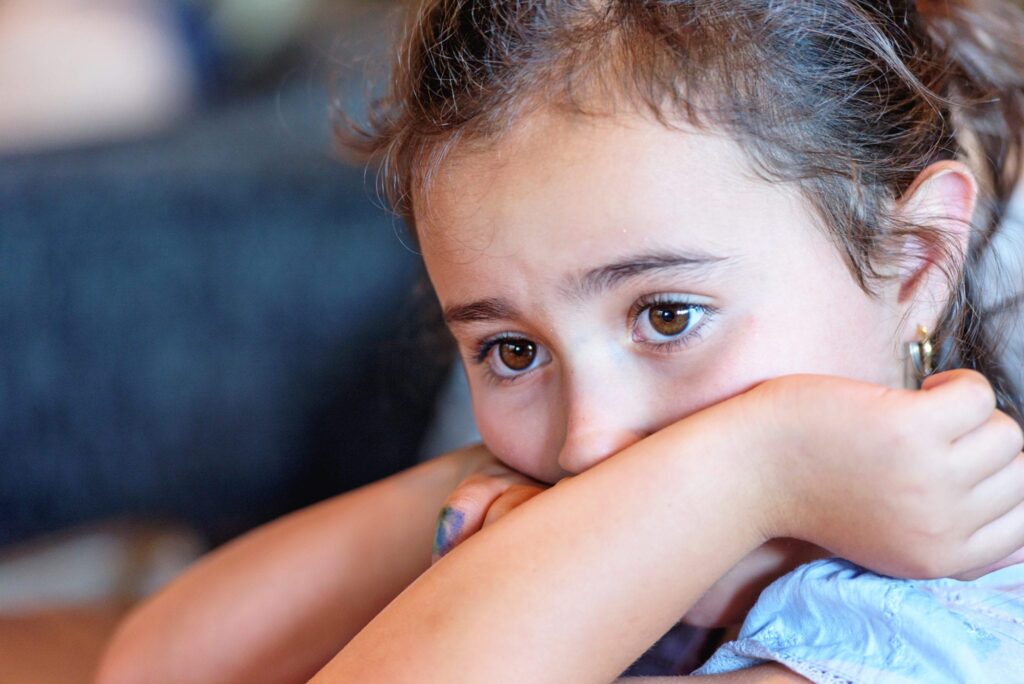The Forgotten Children: Students Who Have an Incarcerated Parent
There are 1.5 million people in federal and state prisons and another 600,000 in local jails. More than half (54 percent) of these incarcerated adults have children under the age…

There are 1.5 million people in federal and state prisons and another 600,000 in local jails. More than half (54 percent) of these incarcerated adults have children under the age of 18; this amounts to 2.7 million children who have parents who are locked up.
Children impacted by parental incarceration are more likely to be Black, Latino, and/or from low-income families. In fact, while Black and Latino children represented 35 percent of the total population, 2 out of 3 children who had at least one parent in prison were Black or Latino in 2007. Believe it or not, there is no readily available information about what those numbers are today. This lack of data is a clear reminder that children of parents who are incarcerated are often forgotten in the policy conversation around mass incarceration and criminal justice reform — we don’t even care enough to count them?
Children of parents who are incarcerated are susceptible to a host of adverse childhood experiences at rates much higher than their peers. These students experience trauma from the disruption of having a parent removed from their lives, the stigma from others’ perceptions, and instability (including increased mobility) from their parents’ inability to financially contribute to the household. Yet, since the criminal justice system disproportionately entangles Black, Latino, and people with lower incomes, parental incarceration also places an unjust burden on communities and districts and schools that are often already under-resourced.
School systems need to do everything possible to provide the necessary supports for these children. Instead of increasing spending on corrections — which has outpaced increases in education spending — we should be prioritizing providing in-school social-emotional supports and wrap-around services that create positive, safe, and supportive school climates.
Outside the P-12 school system, while activists continue to fight for broad scale criminal justice reform, states need to invest in evidence-based change. That means providing high-quality education opportunities to incarcerated adults — because we know that when parents have more education, they have higher incomes; and with better economic security and opportunities, parents are better able to provide for their children; and children who grow up in resource-rich environments have better long-term education, economic, and life outcomes.
One policy solution for providing more correctional education opportunities is expanding Pell Grant eligibility for students who are incarcerated — either by rescinding the 1994 ban on including currently incarcerated individuals among those eligible to receive Pell Grants or expanding the Second Chance Pell pilot program.
Research on correctional education shows that high-quality programs and opportunities reduce recidivism rates by 43 percent and improve employment rates after release by 13 percent. It’s also cost-effective — creating $4 to $5 in savings from reduced recidivism for every $1 spent. Those are just the benefits for parents and just the benefits that start after release. But prison education provides benefits during incarceration too – providing parents with opportunities to engage in and serve as role models for their children’s own educational aspirations and improving prison social climate. And when we consider the potential for improvement in multi-generational outcomes, the benefits are even greater. It’s time to restore Pell Grant eligibility for incarcerated individuals — it’s good for parents and it’s good for their children.